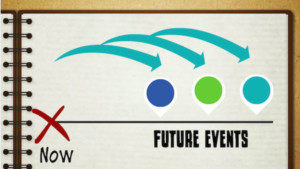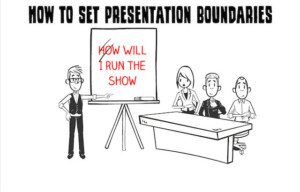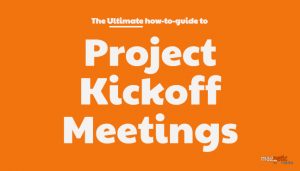You know that story telling will make you a better communicator.
But.
You might believe that you don’t have stories, that your life is boring, or that your topic of expertise doesn’t lend itself to storytelling.
I hope that I can change your mind.
Like many of my clients, I thought that I am not a storyteller. And like many of clients, I knew that storytelling is the ultimate tool for persuasion and engagement for business.
My old belief about my storytelling ability changed when I discovered that there are patterns for storytelling. When I figured out those patterns, I discovered that I am a great storyteller – Also, I discovered that everyone has the same potential.
Here are the five steps I used to unleash my storytelling potential.
1 – Pay attention to other people’s stories.
People tell stories all the time and all you have to do is listen. This will help you sink in the patterns of stories into your unconscious mind.
2 – After hearing each story, ask yourself if you have something similar.
Your story does not have to be an exact match; it could be a partial match. In the beginning this might be challenging, however, over time it gets easier to find matching stories or partial matching stories.
3 – Find an opportunity to tell your matching story.
Usually, if you are having a conversation with someone, it’s appropriate to tell the matching story right away. – All you have to say is “Oh how funny… something similar happen to me…” then plug in your story.
4 – Study the patterns of stories.
Fortunately, there are only 7 stories every professional must know how to tell. The seven stories have specific patterns that you can learn. Once you learn them, your brain becomes a big story magnet.
5- Collect professional stories.
I use Evernote to collect my stories and index them per topic, theme, lesson, and position in a presentation.
I collect them from speakers I hear on Youtube, live presentations, books, conferences, classes, and conventions I attend. If I can match these stories, I also type my matching story below the original one. If I can’t find a parallel story from my life right away, I just leave it for few days and revisit.
Here is what’s going to happen if you do this for a month.
1 – You will realize that you’ve always had stories. Finally, you will realize that you are not boring after all 🙂
2 – Your brain will start to detect the patterns of good stories, and it will start to filter your experiences and fit them into the patterns.
3 – You will notice that you are sharing more stories with others. One of the side benefits to this is you become more attractive in social and business settings.
Next steps:
So what do you do next? Once you discover the power you always had; the power to tell stories that engage and persuade others.
The next step is to start using the stories on your subject of expertise.
You can use stories at the beginning of your presentation to grab the attention and to make the audience relate to you.
You can use stories at the end of your presentation to plant your message in your audiences’ hearts in addition to their brains.
You can use stories for every point you want the audience to remember for a long time.
Start today. In a month you will be very pleased with the results.



